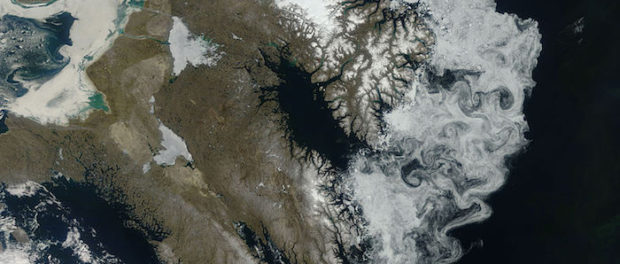A Nod Towards Quebec Prehistory & Other Quebec Curios
The study of history relies on predominantly written records to analyse a culture and an era, but oftentimes we forget that there is also the study of prehistory, the era before writing. Even before the First Nations settled here, what happened in the area in and around modern-day Quebec leaves its traces in the archeological remains that we can gather about prehistoric Canada.
At the very beginnings of its history, historians believe that the territory that would become Quebec was originally buried by a huge layer of ice, called the Laurentide Ice Sheet. The Laurentide Ice Sheet was, as the name suggests, a huge sheet of ice that buried much of Canada and a sizeable portion of the northern United States, with a depth of more than one kilometre. When this ice began to thaw, the land rose to the surface and started to become inhabitable. Around the same time, nomadic groups would cross a bridge of land that once connected present-day Asia to North America and start to move through the North American continent.
We can trace Quebec’s first inhabitants can date back to around 5000 B.C.E., based on archeological remains of stone tools that have been found near Lac Mégantic. Around this time, the Paleo-Indians, a nomadic group that would become our First Nations, would enter the St. Lawrence Valley. Living in a time where writing was not invented yet, historians and archeologists can only construct an idea where life might have been like from remains that were used and left behind by these people: stone tools, clothing, and other such items. Eventually, the descendants of some of the Paleo-Indians would settle here and become one of the eleven first aboriginal nations within the territory. And it is with these people that Quebec history begins.






